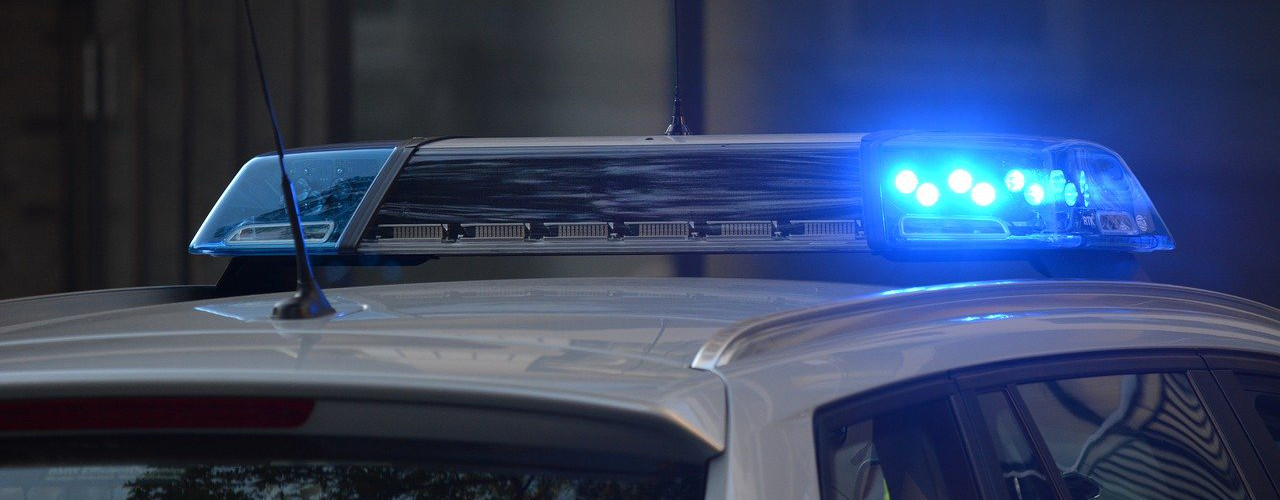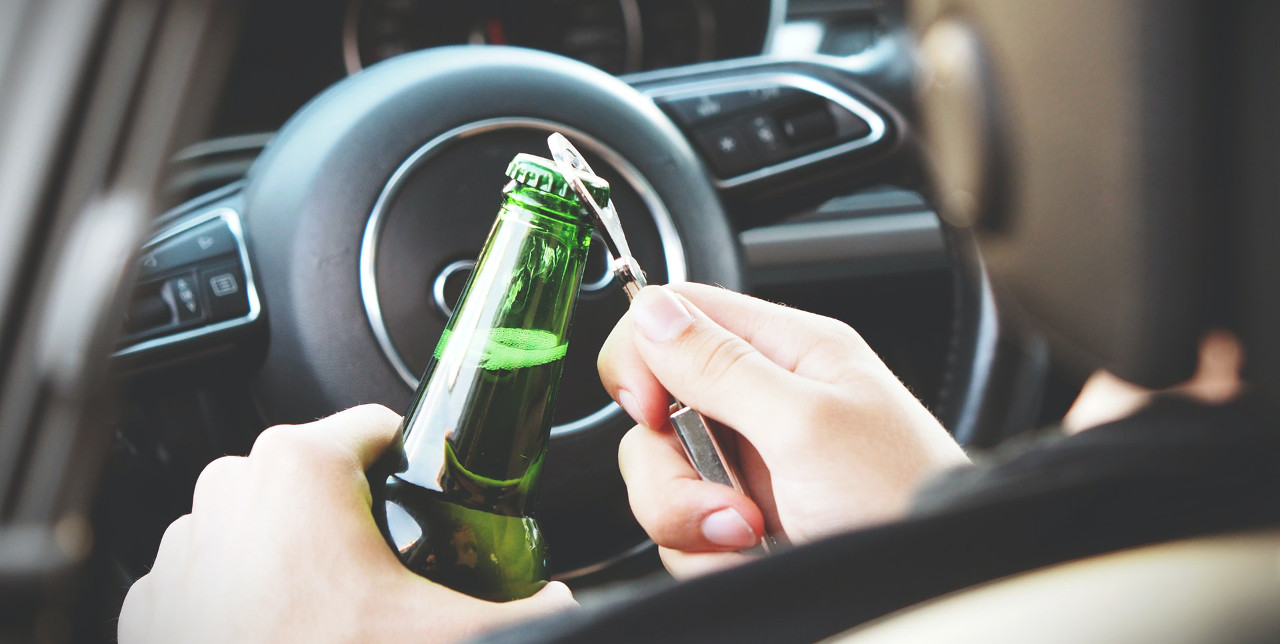DUI stands for “driving under the influence,” while DWI is short for “driving while intoxicated” or “driving while impaired.” At the federal level, the two acronyms mean the same thing. But there is currently no widely agreed-upon definition that is consistent across states. In some, DUI and DWI are the same offense, while, in others, they have different economic and legal consequences.
In either case, being charged with a DUI or DWI is a serious offense that could have significant ramifications. These include higher insurance premiums, a criminal record, and disqualification from driving. Some employers will even fire people if they discover they have a DUI or DWI (or refuse to hire them in the first place).
Understanding the ins-and-outs of this area of law can be a challenge. In this post, we’re going to look at the differences between DUIs and DWIs, ask which is worst, and look at how they might impact your car insurance premiums.
- Difference Between DUI And DWI
- Which is worse, DUI vs. DWI?
- Does DUI impact car insurance rates?
- DUI and DWI statistics
- State-by-state DUI and DWI laws
Is There Any Difference Between DUI And DWI?
- DUI refers to instances in which the driver has alcohol in their system
- DWI refers to instances in which the driver has chemical substances in their system, driving while asleep or physically incapable of operating the vehicle.
The difference between a DUI and DWI depends very much on where you are in the country. In states that do not differentiate between the two, a DUI or DWI occurs when your blood concentrations of alcohol exceed the allowable threshold for driving.
The federal government sets permissible blood alcohol concentration as 0.08 percent or lower while driving. Most states follow these guidelines. However, some will pursue DUI/DWI charges at blood alcohol concentrations as low as 0.01 percent.
In states that differentiate between DUI and DWI, the former usually refers to instances in which the driver has alcohol in their system and the latter to other drugs. However, DWI can also have a broader definition in states that have “driving while impaired” laws. Here, impairment not only refers to chemical substances but also driving while asleep or physically incapable of operating the vehicle. In these cases, drugs and alcohol need not be involved to receive a DUI/DWI charge. So, in the broadest sense, you can think of DUIs and DWIs as charges allege dangerous driving.
The rules governing the arresting officer vary from state to state too. In some, officials must confirm that your blood alcohol (or substance) concentrations are above the legally permissible threshold using a test before they can charge you. In others, they can commence legal action against you based on erratic driving behavior, failure to complete a sobriety test, or simple observation (such as tiredness or the smell of alcohol on your breath). Some states allow officers to charge you with offenses if you fail a sobriety test, even if a breathalyzer test puts you below the allowable threshold.
DUIs and DWIs can lead to different legal outcomes. States with zero-tolerance policies may not distinguish between the two definitions at all, applying blanket penalties, regardless of the circumstances of your impairments. Others have zero-tolerance policies for alcohol and drugs, but not for tiredness.
Which is worse, DUI vs. DWI?

Both DUI and DWI are serious legal charges, but in states that differentiate between the two, DWI is usually the worse. The reason for this difference arises from state law. Statute typically ascribes a higher level of impairment to DWI than DUI, implying that the driver behaved even more recklessly under the latter than the former. In some states, you can get a DWI charge reduced to a DUI if it is your first offense and your blood alcohol concentration is below 0.08 percent.
You should note, however, that is it not always the case that DWI is worse than DUI. In some states, for instance, where DWI means driving while impaired, officers can pull you over for non-substance-related reasons, like tiredness. Driving while sleepy usually carries fewer penalties than driving while on drugs.
Arresting officers can also charge you with a DWI if you drive while taking prescription drugs. Even though these medications are perfectly legal, some states have laws prohibiting you from driving if they affect your abilities.
How does DUI impact car insurance rates?

DUIs impact car insurance rates in a variety of ways.
Typically DUIs disqualify you from driving altogether. So in the months following conviction, your insurance costs fall to zero. After that, however, premiums rise dramatically because insurers perceive you as a higher risk.
Most states require you to apply for an SR-22 form from your insurer to get your driver’s license and other privileges back. Under SR-22 rules, insurers must tell the department of motor vehicles if your license lapses, is canceled or terminated.
SR-22, therefore, is a legal mechanism that insurers and agencies use to keep track of your status more closely, allowing them to draw up the relevant documents quickly, should highway patrol pull you over again.
DUIs, unfortunately, cause your insurance premiums to rise dramatically. When you file for an SR-22 form with your insurer, you reveal that you’ve had a serious alcohol-, drug- or impairment-related conviction in the past. They immediately update your risk profile and charge you more money for vehicle cover. As they see it, there is a much higher chance that you will get involved in an accident in the future.
The extra you pay depends partly on your state, but also on your status before the conviction. If your insurer considered you a “safe driver” before your DUI, you will lose all your discounts and could wind up paying three times as much in your monthly premiums. Even without pre-existing perks, most drivers wind up shelling out double.
Those looking for cheaper insurance after a DUI should shop around for the best deals. Some insurers specialize in helping high-risk, drink- and drug-drivers get the cover they need. They evaluate your case in more detail instead of just putting you in the “bad” DUI camp. Often, they will charge you less if there are extenuating circumstances (such as not actually being over the legal blood alcohol concentration limit).
It is worth pointing out that not all companies offer SR-22 policies. Therefore, you may have to approach a different insurer if you want any cover at all. Unfortunately, the act of canceling can also make your rates higher. Insurers can perceive you as being a greater credit risk (if you opt for monthly payments) if you’ve canceled policies in the past. Remember, some states prohibit the revoking of insurance policies if you’re convicted of drink driving, so you may have to continue paying your existing premiums too.
There is one way you can avoid increased rates: give up the idea of driving at all and walk or take public transport instead. This approach might not be ideal for some people, but it could make you better off in the long run since you avoid all costs associated with running a vehicle. Plus, it helps you keep yourself and others safe if you know that alcohol, drugs, or other impairments are long-term issues for you.
DUI and DWI statistics
Various organizations across the country, including the CDC and NHTTA, collect DUI and DWI statistics at both the state and federal levels. Here, we report their salient findings:
- 29 people in the United States die every day in accidents that involve a driver impaired by alcohol. This statistic translates as one death every fifty minutes because a driver is over the legal limit
- The annual economic cost of alcohol-related accidents comes to more than $44 billion (including direct medical costs and indirect economic costs, such as loss of wages)
- Cannabis users are more than 25 percent more likely to get involved in a car crash than drivers with no observable history of using the substance
- 13 percent of night-time drivers are found to have cannabis in their system
- 16 percent of motor vehicle crashes involve either drugs, alcohol or both
- Highway patrols arrest more than one million drivers every year for driving under the influence of alcohol or narcotics
- The US public self reports more than 111 million episodes of alcohol-impaired driving every year, implying that the police catch 1 percent of the total number of offenders
- The average DUI suspect has driven drunk more than 80 times before getting caught
- People between the ages of 25 and 34 are more likely to be involved in a fatal crash than other age groups when driving at blood alcohol concentrations above 0.08 percent
- Motorcyclists with blood alcohol concentrations above 0.08 percent account for 38 percent of deaths
- Drivers involved in fatal alcohol-related crashes were 4.5 times more likely to have a prior DWI or DUI conviction than those who died without being over the limit
- The number of school-age teens who drove after consuming alcohol fell by more than 54 percent between 1991 and 2011
- 90 percent of teens aged 16 or older did not drink and drive in any given year
- 21 percent of male drivers were drunk in fatal crashes in 2018, compared to 14 percent for women
- Around a quarter of fatal crashes involving teens involve an underage drink driver (24 percent who had a BAC concentration over 0.01 percent).
- The NHTSA estimates that adopting the minimum drinking age of 21 across all states saved 31,959 lives between 1975 and 2017
- Four drunk male drivers are convicted for every female drunk driver
- Of the 4,675 motorcycle deaths recorded in the US in 2018, 1,213 (or 26 percent) were drunk
- 53 percent of motorcyclists killed in 2018 were over the age of forty
- Of all the children killed in car accidents in 2018, 22 percent died in alcohol-related crashes
- 2,000 college students die every year from alcohol-related injuries, including vehicle accidents
- 50 percent of college students admitted to having a drink and then driving afterward
State-by-state DUI and DWI laws
Let's take a look at the state-by-state DUI and DWI laws.
Arizona. Arizona law classifies DWIs and DUIs differently from other parts of the country. In the Grand Canyon State, DWI refers to driving while intoxicated, while DUI can mean both driving while drunk or on drugs. In general, DWI is a more severe charge because officers can only issue it if they perform a test.
Arkansas. Arkansas is an "implied consent state," which means that officers can take further action if somebody refuses a BAC test. The state also has "underage DWI" laws, which allow the authorities to charge minors with drunk driving if their blood alcohol concentration is between 0.02 and 0.08 percent.
California. The Golden State operates both zero tolerance for minors and implied consent policies. DUIs and DWIs in the state remain on your criminal record for ten years. Officers will charge you with a DUI if they suspect alcohol intoxication and DWI if drugs.
Colorado. Colorado operates more relaxed recreational laws than many others. Here, officers can charge you with a DUI for alcohol or drugs if your BAC is above 0.08 percent. They can also charge you with a DWAI or "driving while ability impaired" with a reading of 0.05 percent or higher or on your behavior alone. DUI is more serious in this state.
Illinois. In Illinois, there is no such thing as a DWI. State law only recognizes DUI. If you get caught here, you almost always lose your license.
Maryland. In Maryland, only drivers under the age of 21 can receive a DWI. DUI is for adults.
Minnesota. In Minnesota, DWI and DUI refer to the same charge - driving with a BAC over the legal limit or having any amount above zero of illegal, recreational drugs.
North Carolina. In North Carolina, police officers will only charge you with DWI, but on multiple levels of severity, ranging from 1 - the most serious - to 5 - the least.
New York. New York operates a tiered policy. If your blood alcohol is above 0.08 percent, officers will charge you with a DUI. If it is above 0.05 percent, but below 0.08, they will charge you with a lesser DWAI offense.
Texas. Minors in Texas can be charged with a drink driving offense, even if they are below the federal threshold.
